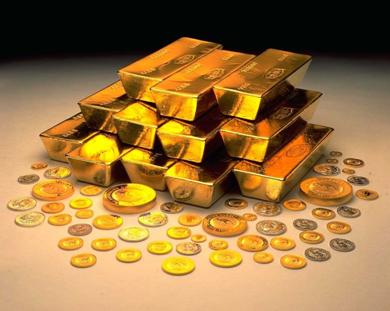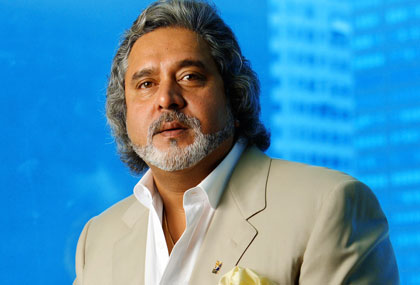Conversations with friends who live in Delhi and the National Capital Region(NCR) inevitably turn towards the topic of real estate. Over the last two weeks, I met two friends and we ended up talking about the perils of the idea of owning real estate, among other things.
In case of one friend the builder has taken the money and is postponing building the apartments. Meanwhile, the housing finance company has turned a blind eye to this. At the same time, my friend is paying the EMI, though the promised home is nowhere in sight. He continues to pay rent as well. Not a happy situation to be in.
In case of the second friend, the builder ended up building more floors than he had initially promised. My friend was lucky to get possession and move in. But with more floors he is now sharing the infrastructure with more people than was initially planned and this has its own share of problems.
Other than sharing the infrastructure there is a bigger problem which most people don’t even realise. As Sushil Kumar Sayal writes in Inside Unreal Estate—A Journey Through India’s Most Controversial Sector: “When the builder builds a ten-floor block he digs the foundation to a certain depth; when the additional floors are added, does he ensure the foundation is deeper? He doesn’t. The authorities not only turn a blind eye to this safety hazard but are often hand in glove with errant builders.”
The question is why do builders overbuild? The builder-broker nexus essentially leads to overbuilding. As Sayal writes: “There is a close relationship between builders and brokers. Thus, very few builders in and around Delhi put their money into a project upfront. As soon as he wins land in an auction, he collects his band of brokers and sells the project to them. With that money, he pays for the land. The brokers, in return, are assured of space at a discount.”
What this clearly tells us is that the builder has very little of his own money (i.e. equity/capital) riding on the project at any point of time. Also, since he is giving a discount to the broker, he overbuilds. As Sayal writes: “Since he has given a discount to the brokers, the builder overbuilds in order to make money. The extra construction is frequently regularized. Even if it isn’t, nothing stops the builder and brokers from selling it. Often, the builder doesn’t even bother to get a completion certificate.”
The regularisation of the illegal floors happens in the days to come and is easy business for the builder. As Swati Ramanthan wrote in the Mint in June 2014: “State regularization initiatives unfortunately, have become tainted as tools for corruption, or political populism, or as a means to generate revenue for the state. Consider the following: in Kolkata, a meagre ex-parte penalty of Rs.500 per square foot allows regularization of illegal floors.”
In this scenario it is not surprising that the builder builds extra floors and gets away with it. Also, what explains the fact that the builders goes around selling a project which he hasn’t got a total clearance for? The simple answer is greed. But there is a more complicated answer as well. The economic incentive is at work.
As Sayal writes: “Under the law, a builder cannot sell his project unless he has secured all the clearances. These clearances can take up to two years to obtain. Given the high land prices all over the country, no builder can afford to let the investment sit idle for two years. He has no choice but to violate the law and pre-sell the project.”
In fact, this will be the single biggest impediment to the success of the Real Estate (Regulation and Development) Bill, 2013, which was recently passed. I had made this point on December 14, last year. Nevertheless, it is worth repeating here.
The Real Estate Act wants the real estate regulator (to be set up in every state) in order to facilitate the growth and promotion of a healthy, transparent, efficient and competitive real estate sector, to make recommendations to the appropriate state government on creation of a single window system ensuring time bound project approvals and clearances for timely completion of real estate projects.
I guess there is nothing beyond this the central government can really do. So it ultimately boils down to the state governments whether they are in the mood to give a single window clearance for real estate projects.
How good are the chances of something like that happening? The entire process of clearing a real estate project through the various stages is a good money making exercise for both state level politicians as well as bureaucrats.
So the economic incentive is clearly against a single window clearance. Also, much of the money thus raised is used to fight elections at the state level. The builder-political nexus is a huge source of finance to fight elections at the state level for politicians. Will this nexus break down?
You know what I think of it. Nevertheless, let’s wait and watch.
The column originally appeared on Vivek Kaul’s Diary on March 28, 2016



